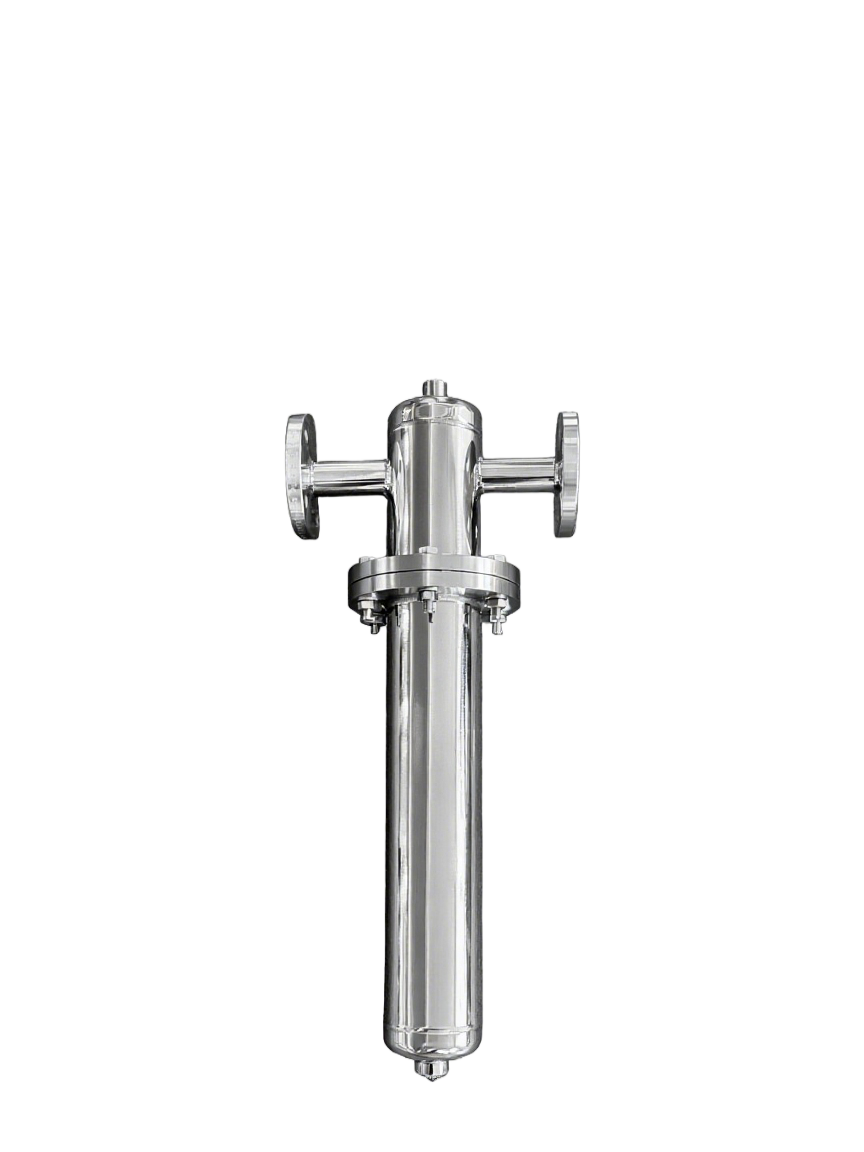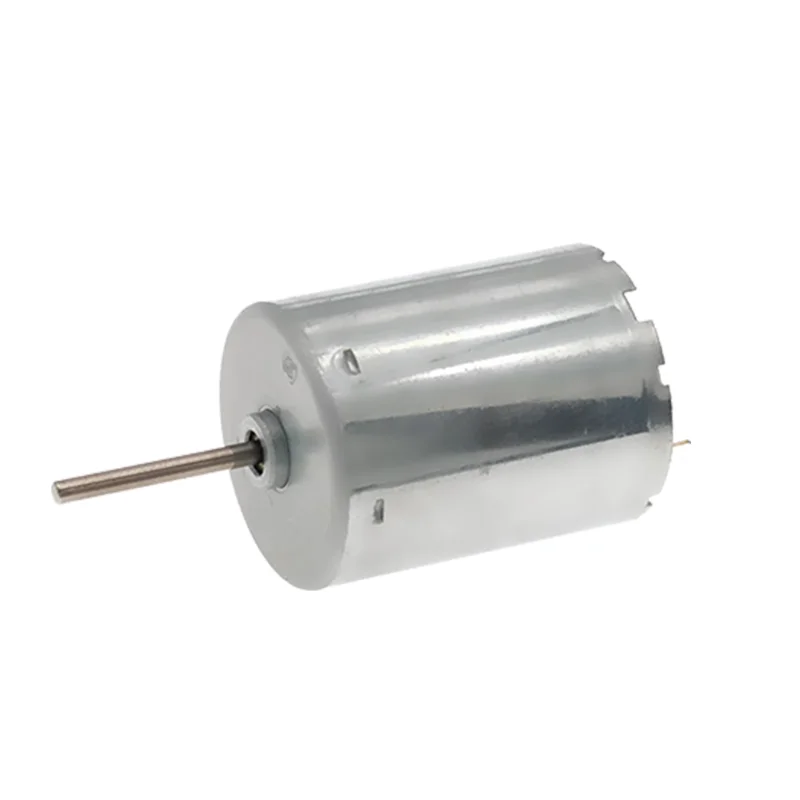In the realm of precision engineering and manufacturing, spindles play a pivotal role in the performance and efficiency of machinery. These components, often found in CNC machines, lathes, and milling machines, are responsible for rotating tools and workpieces at high speeds. However, like any mechanical part, spindles are susceptible to damage, which can lead to costly downtime and repairs. Understanding how spindles get damaged is crucial for maintaining optimal machine performance and extending the lifespan of these vital components. This article delves into the various causes of spindle damage, the implications of such damage, and effective prevention strategies.
Understanding Spindle Damage
Spindle damage can manifest in various forms, including wear and tear, misalignment, vibration, and thermal degradation. Each of these issues can stem from different operational factors, and recognizing the signs of damage early can prevent more severe consequences.
- Wear and Tear
Over time, spindles experience natural wear due to continuous operation. This wear can be exacerbated by several factors:
- Material Quality: Spindles made from inferior materials are more prone to wear. High-quality alloys and heat-treated materials can enhance durability.
- Lubrication: Insufficient or improper lubrication can lead to increased friction, accelerating wear. Regular maintenance and the use of appropriate lubricants are essential.
- Load Conditions: Operating a spindle beyond its rated capacity can lead to premature wear. Understanding the load limits and adhering to them is crucial.
- Misalignment
Misalignment occurs when the spindle is not properly aligned with the machine's axis. This can result from improper installation, wear in bearings, or thermal expansion. Misalignment can lead to:
- Increased Vibration: Misaligned spindles often vibrate excessively, which can cause further damage to bearings and other components.
- Uneven Tool Wear: Tools may wear unevenly, leading to poor machining quality and increased costs.
- Vibration
Vibration is a common issue in spindle operation, often caused by:
- Imbalance: An unbalanced spindle can lead to excessive vibration, which can damage bearings and other components.
- Resonance: Certain operational speeds can induce resonance, amplifying vibrations and leading to catastrophic failure.
- Thermal Degradation
Spindles generate heat during operation, and excessive heat can lead to thermal degradation. Factors contributing to this include:
- Inadequate Cooling: Insufficient cooling mechanisms can cause overheating, leading to material fatigue and failure.
- High-Speed Operations: Operating at high speeds generates more heat, necessitating effective cooling strategies.
Consequences of Spindle Damage
The implications of spindle damage can be far-reaching, affecting not only the spindle itself but also the entire machining process:
- Downtime: Damage often results in machine downtime, which can be costly in terms of lost productivity.
- Quality Issues: A damaged spindle can lead to poor machining quality, resulting in defective parts and increased scrap rates.
- Increased Maintenance Costs: Repairing or replacing damaged spindles can be expensive, particularly if the damage is severe.
Prevention Strategies
To mitigate the risk of spindle damage, manufacturers should implement proactive maintenance and operational strategies:
- Regular Maintenance
Establishing a routine maintenance schedule is essential. This includes:
- Lubrication Checks: Regularly inspect and replenish lubricants to ensure optimal performance.
- Alignment Checks: Use precision tools to verify spindle alignment and make adjustments as necessary.
- Monitoring Vibration
Investing in vibration monitoring systems can help detect issues early. These systems can provide real-time data, allowing for timely interventions before damage occurs.
- Temperature Control
Implementing effective cooling systems is vital for managing spindle temperatures. This can include:
- Coolant Systems: Use high-quality coolants that can effectively dissipate heat.
- Thermal Sensors: Install sensors to monitor spindle temperatures and trigger alerts if they exceed safe limits.
- Training and Awareness
Educating operators about the importance of spindle care and the signs of potential damage can foster a culture of maintenance and vigilance. Regular training sessions can keep staff informed about best practices and new technologies.
Conclusion
Understanding how spindles get damaged is essential for any manufacturing operation that relies on precision machinery. By recognizing the causes of damage, the consequences of neglect, and implementing effective prevention strategies, manufacturers can enhance the longevity and performance of their spindles. In an industry where efficiency and quality are paramount, investing in spindle care is not just a maintenance task; it is a strategic imperative that can yield significant returns in productivity and cost savings.

